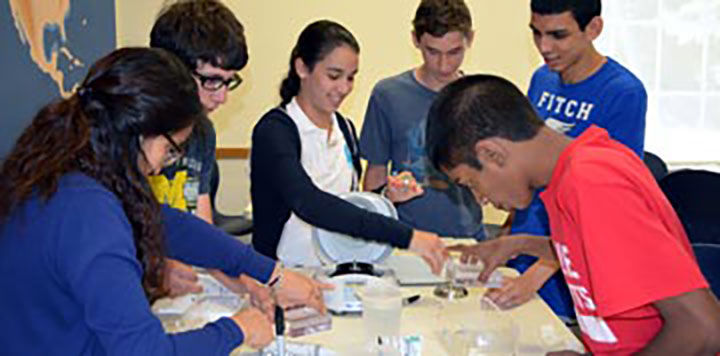DNA Barcoding Program Outcomes




DNA barcodes allow non-experts to objectively identify species—even from small, damaged, or industrially processed material. A "DNA barcode" is a unique DNA sequence that identifies each living thing. Short DNA barcodes, about 700 nucleotides in length, can be quickly processed from thousands of specimens and unambiguously analyzed by computer programs. With DNA barcodes, we can discover and catalog biodiversity on our planet using tools developed at the DNA Learning Center.




Learn about metro New York (Barcode Long Island, Urban Barcode Project, and Urban Barcode Research Program), and China-based (Barcode Suzhou and Barcode Beijing) student research programs.
Explore citizen science programs (Barcoding US Ants and Citizen DNA Barcode Network) that ignite community interest in biodiversity and science while contributing to our knowledge of species through DNA barcoding.

Protocol and resources supporting DNA barcoding to identify plants or animals—or products made from them. Online tools, animations, videos, presentations, and references that support students, teachers, or citizen scientists.